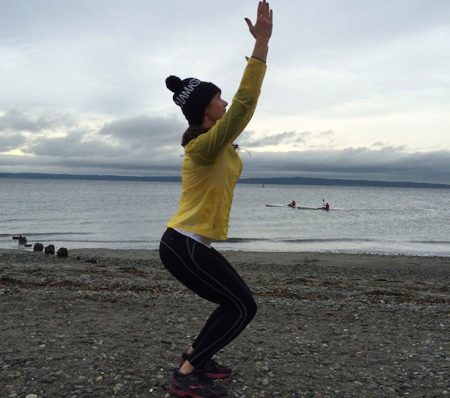Membrane sneakers
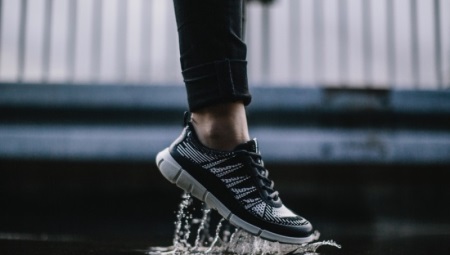
Membrane sneakers have been the subject of much debate and controversy. To unequivocally say about the strengths of the membrane material, you need to understand its structure. Also, first you need to decide what exactly comes first - dryness or ventilation.




On a hot summer day, it is better to do with ordinary sneakers, since air circulation through the membrane is very difficult.




The owner of sneakers with a membrane will not be afraid of puddles, jogging in the snow, low temperatures and cold wind blowing. Even if the run continues for a long time, the legs still remain fairly dry. Most athletic shoe manufacturers prefer to use Gore-Tex.
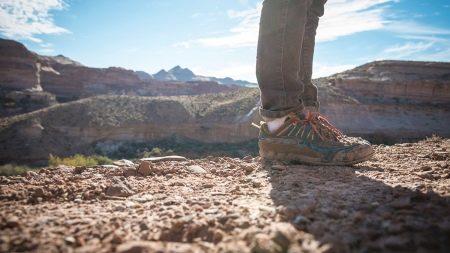
Gore-Tex
Despite the fact that there is an opportunity to use more modern developments or develop your own membrane, Gore-Tex enjoys great trust and demand.
The membrane material is represented by a thin synthetic polytetrafluoroethylene film, which contains up to one and a half billion holes per square centimeter... The main thing is that the membrane covers the entire area of the shoe.
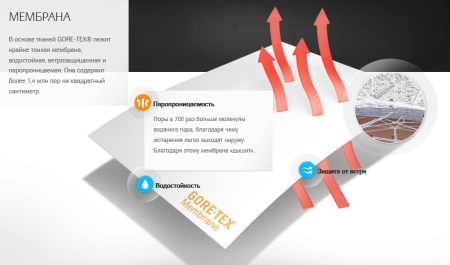
Depending on the season, manufacturers offer two types of membrane material:
- Gore-Tex Extended comfort - relevant for the warm season.
- Gore-Tex Perfomance comfort is a denser material that is designed for cold weather.

Exceptional quality, protection from wind, moisture and cold - exactly what you need for comfort in difficult environmental conditions. Cross-country races should not be ignored. The membrane protects against the ingress of fine dirt and sand, which can cause noticeable discomfort when running long distances.
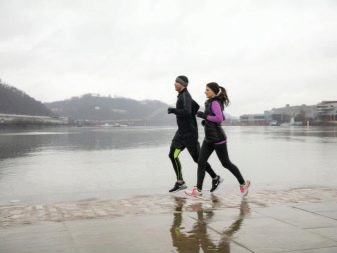

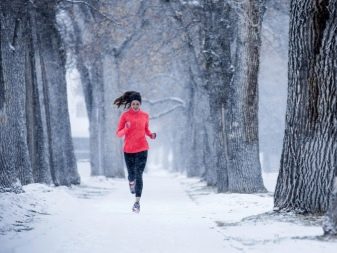
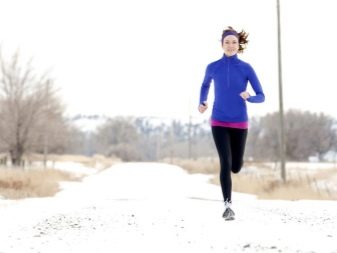






Testimonials and Recommendations
The reviews are mostly positive, the range of application of specific models is individual for each person. Buyers note good quality and durability, comfortable feet in snow and rain, windy weather. A well-matched model will help avoid overheating and excessive sweating.
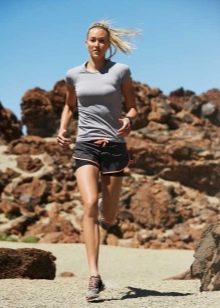
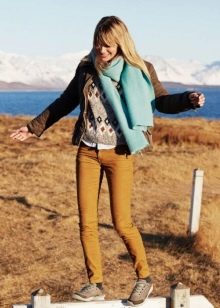

The temperature range of use is noted to minus 30. In too warm a season, there is no need for membrane sneakers: their degree of ventilation is lower than that of ordinary ones, which can cause discomfort. For different tasks, sneakers are used with and without a membrane. In the mountains, on long races, march-throws, rogains, users prefer Gore-Tex. These sneakers are more comfortable and lighter than trekking boots.
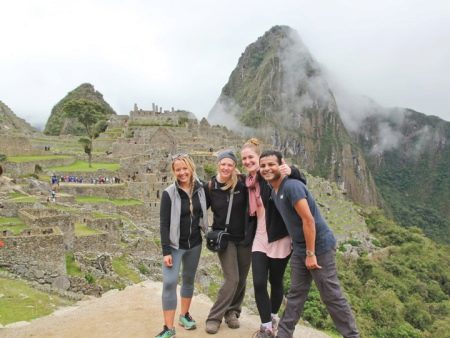
Care
It will be appropriate to highlight the moment of caring for such shoes. On the one hand, the care is almost the same as for ordinary shoes, but the presence of a membrane must be taken into account. To maintain its full functionality, shoes must be re-treated with water repellents.
Since the membrane does not allow water to pass through from the outside, moisture will gradually accumulate inside the shoe, so it is extremely important to renew the DWR impregnation. Sneakers with a membrane dry at room temperature, but twice as long as usual.


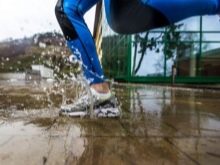
When drying, do not use a battery and electrical appliances. - there is a risk of detachment of the membrane layer from the shoe. The process will go faster if you unlace the shoes and pull out the insoles.
